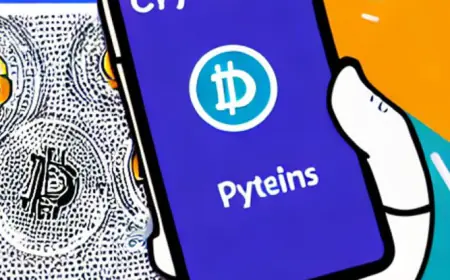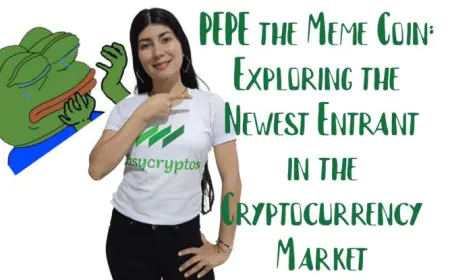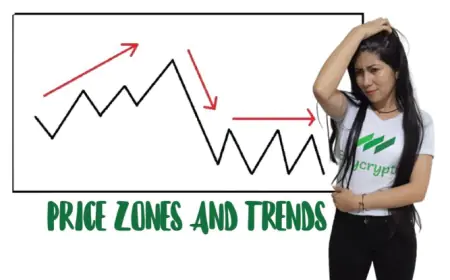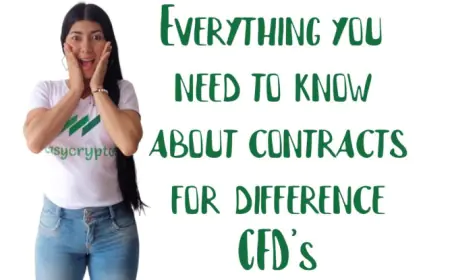Demystifying NFT Metadata: A Comprehensive Guide
This comprehensive guide aims to demystify the concept of NFT metadata. Explore the importance of metadata in the world of non-fungible tokens (NFTs), learn how it enhances the uniqueness and value of digital assets, and understand the key elements and considerations related to NFT metadata.

As non-fungible tokens (NFTs) continue to make waves in the digital realm, understanding the role of metadata becomes crucial. This comprehensive guide aims to demystify NFT metadata, shedding light on its significance and impact on the NFT ecosystem. By delving into the intricacies of NFT metadata, readers will gain a deeper understanding of how it contributes to the uniqueness and value of digital assets.
Importance of NFT Metadata:
NFTs derive their uniqueness from the metadata associated with each token. Metadata refers to the additional information and attributes that accompany an NFT, going beyond its basic ownership and transfer details. It includes data such as the title, description, artist information, creation date, and any other relevant information that adds context and value to the NFT.
Enhancing Uniqueness and Value:
Metadata plays a crucial role in enhancing the uniqueness and value of NFTs. By providing detailed information about the artwork, collectible, or digital asset represented by the NFT, metadata offers transparency and authenticity to buyers and collectors. It allows creators to showcase their artistic process, provenance, and background, creating a richer narrative around the NFT.
Key Elements of NFT Metadata:
-
Title and Description: The title and description of an NFT provide essential information about the artwork or digital asset. They give potential buyers an overview of what the NFT represents and can convey the artist's intentions, inspirations, or story behind the creation.
-
Media Files: The media files associated with an NFT, such as images, videos, or audio clips, form a significant part of its metadata. These files allow buyers to preview the asset and evaluate its quality before making a purchase decision.
-
Attributes and Properties: NFTs often have attributes or properties that further define their uniqueness. These can include limited editions, specific characteristics, or even dynamic elements that change over time. Such attributes add value and scarcity to the NFT.
Considerations for NFT Metadata:
Creators and collectors should carefully consider the following aspects when dealing with NFT metadata:
-
Accuracy and Authenticity: Ensuring that the metadata accurately represents the NFT is crucial for building trust among buyers. False or misleading information can negatively impact the reputation of the creator and the value of the NFT.
-
Intellectual Property Rights: Creators should be mindful of any copyrighted material incorporated into their NFTs. Obtaining the necessary permissions or creating original content helps protect against legal issues and ensures the long-term value of the NFT.
-
Long-Term Storage and Accessibility: Considering the long-term storage and accessibility of NFT metadata is essential. Storing metadata on decentralized systems or utilizing blockchain technology can help ensure its preservation and availability.
Conclusion:
Demystifying NFT metadata is key to understanding the inner workings of the NFT ecosystem. By appreciating the significance of metadata and its role in enhancing the uniqueness and value of digital assets, creators and collectors can make informed decisions and contribute to the growth and sustainability of the NFT market. Understanding the key elements and considerations related to NFT metadata empowers individuals to navigate this exciting landscape with confidence and clarity.
What's Your Reaction?
 Like
0
Like
0
 Dislike
0
Dislike
0
 Love
0
Love
0
 Funny
0
Funny
0
 Angry
0
Angry
0
 Sad
0
Sad
0
 Wow
0
Wow
0




































